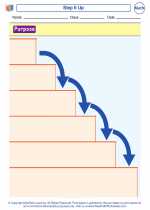Tessellations
A tessellation is a pattern of shapes that fit together perfectly without any gaps or overlaps. The shapes can be repeated in a pattern to cover a surface completely. Tessellations can be found in many aspects of art, architecture, and mathematics.
Types of Tessellations
There are three types of tessellations based on the shapes used:
- Regular Tessellations: These are made up of regular polygons (shapes with equal sides and angles) such as squares, equilateral triangles, and hexagons.
- Semiregular Tessellations: These are made up of more than one type of regular polygon. They can have different types of polygons meeting at each vertex.
- Irregular Tessellations: These are made up of irregular shapes that fit together without any gaps or overlaps. These are more complex and often seen in artistic tessellations.
Using Tessellations in Art and Design
Artists and designers often use tessellations to create visually appealing patterns and designs. Some famous examples of tessellations in art can be found in the works of M.C. Escher, a Dutch graphic artist known for his mathematically inspired artwork.
Mathematical Concepts
Tessellations are closely related to geometry and symmetry. Understanding tessellations involves concepts such as congruent shapes, transformations (translations, reflections, and rotations), and understanding the properties of different polygons.
Study Tips
Here are some tips to help you understand and create tessellations:
- Explore Shapes: Experiment with different shapes to see which ones can tessellate. Try using paper cutouts or drawing shapes on grid paper to create your own tessellations.
- Understand Symmetry: Tessellations often involve symmetry. Practice identifying different types of symmetry in shapes and patterns.
- Observe Real-world Tessellations: Look for tessellations in architecture, tiling, and everyday objects. This can help you appreciate how tessellations are used in the world around you.
- Study Famous Tessellation Artists: Research artists like M.C. Escher and study their work to gain inspiration and insight into the world of tessellations.
By understanding the concept of tessellations and practicing creating your own patterns, you can develop a deeper appreciation for the beauty and mathematical principles behind tessellations.
.◂Math Worksheets and Study Guides Fourth Grade. Problem Solving
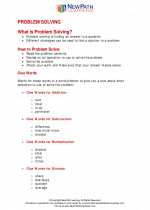
 Activity Lesson
Activity Lesson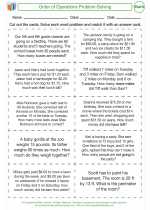
 Activity Lesson
Activity Lesson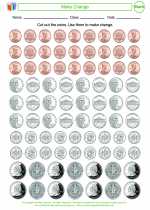
 Activity Lesson
Activity Lesson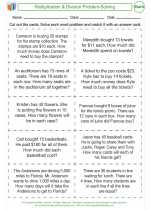
 Activity Lesson
Activity Lesson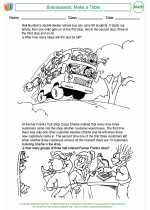
 Activity Lesson
Activity Lesson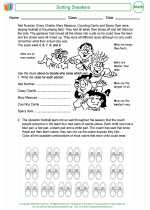
 Activity Lesson
Activity Lesson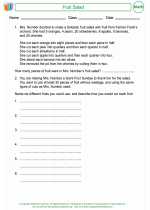
 Activity Lesson
Activity Lesson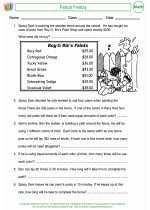
 Activity Lesson
Activity Lesson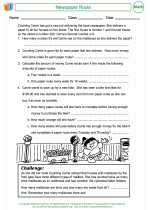
 Activity Lesson
Activity Lesson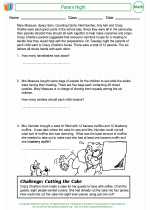
 Activity Lesson
Activity Lesson
 Worksheet/Answer key
Worksheet/Answer key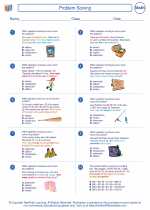
 Worksheet/Answer key
Worksheet/Answer key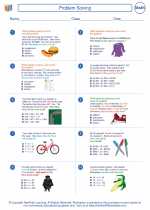
 Worksheet/Answer key
Worksheet/Answer key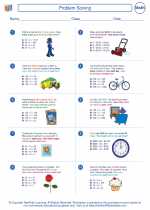
 Worksheet/Answer key
Worksheet/Answer key